The logistics were uncomplicated, the distance short, the lake paddling easy, and the views stunning—our two-family, canoe-camping trip in Grand Teton National Park seemed like a masterstroke of family adventure engineering. By that first afternoon, though, I was plucking leeches out from between my screaming six-year-old daughter’s toes.
Parents who love the outdoors quickly learn a maxim about parenting outside: Everything gets harder—but not impossible. Use these 10 tips to nurture your kids’ passion for the outdoors while sharing your favorite pastime.
1. Moderate your canoe trip goals
Whether getting to your destination or setting up camp, managing young kids doubles the time required to get anything done.
Especially on your maiden voyage, plan short distances. Think five kilometers and no portages. This gives you an easy exit if the weather (or everything) goes south. Slowly increase mileage and difficulty.
2. PFD mandatory
Most states require lifejackets on kids by law when on water, but it’s also a smart safety protocol to wear PFDs whenever playing near or at the water’s edge. The best way to encourage this behavior is to model it yourself.
3. Canoe to someplace really cool
Imagine how differently a child will react to having to sit still on a monotonous paddle across a big lake, versus exploring hidden coves and nosing the canoe up to the pool at the base of a waterfall.
Play to what excites your kids—they’re more interested in swimming, games and splashing around in a frog-filled swamp than appreciating a scenic vista.
4. Keep canoe trip essentials handy
Organize your boat with snacks, drinks, sunblock, and sun hats, clothing layers, bug repellent, umbrellas, games, fishing poles and super-soaker squirt guns that are quickly accessible in a dry box or cooler.
5. Feed the kids
When kids are unhappy outdoors, 99 percent of the time, they’re just hungry. Watch kids for cues like grumpiness, silence and glassy stares.
If not hanger, the other most likely culprits are being thirsty, tired, too hot or too cold.
6. Designate a safe zone
Before releasing kids to run wild at a campsite, an experienced adult should scout for hazards like snakes and poison ivy and mark a boundary the kids must stay within.
On a five-day, family sea-kayaking trip in Glacier Bay, we quickly abandoned one potential camp after finding fresh brown bear tracks and scat. Explain the safety rules to kids at the outset.
7. Put ‘em to work
Having children help with age-appropriate tasks, like pitching tents, paddling and building a campfire, can excite them and make them feel more invested in the activity.
With supervision, they can do it safely, and you’ll teach them a skill they can take off your hands next time.
8. Freedom to roam
On our Tetons canoe trip, the kids—ranging in age from four to eight—wanted to take canoes paddling on their own. So we let them. Crazy? No. We kept a couple of boats on shore in case we needed to reach the kids quickly, and let them paddle on flat lakewater on a windless evening, wearing their PFDs. They didn’t care that they were less than 100 feet away; they had a blast paddling in circles.
9. Bring a friend on the family canoe trip
Especially with teenagers, bringing a friend keeps them (read: everyone) happier. The hidden benefit for parents: It’s not cool to whine about anything in front of your friends.
10. Promise a reward
Who doesn’t look forward to a favorite dinner or an ice cream post-trip? Let the kids know what awaits them if they’re cooperative on the trip’s last day, and you’ll have a loyal crew for the journey back to civilization.
Michael Lanza’s family has paddled flatwater and whitewater all over the U.S. Lanza writes about his adventures at www.thebigoutside.com and in his book Before They’re Gone—A Family’s Year-Long Quest to Explore America’s Most Endangered National Parks.


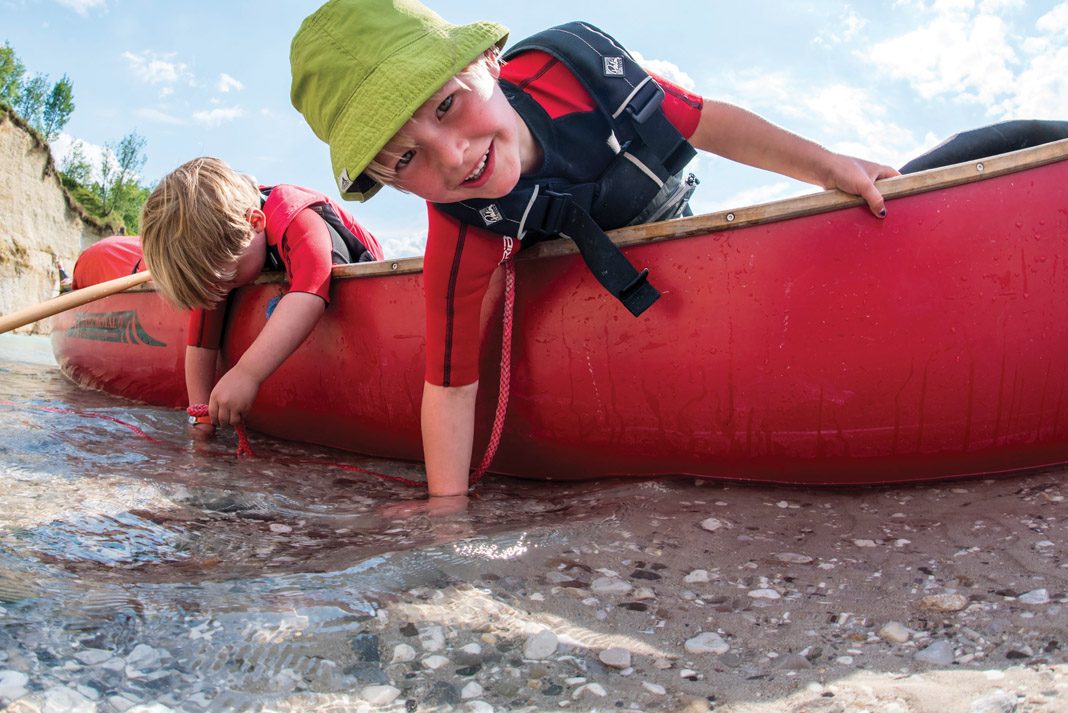
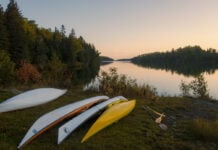
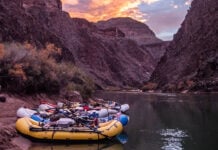
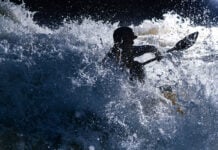
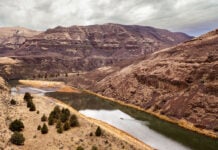
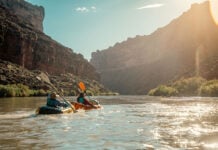

Good article! So true about kids wanting to play in muck and collect frogs, not look at scenic views.